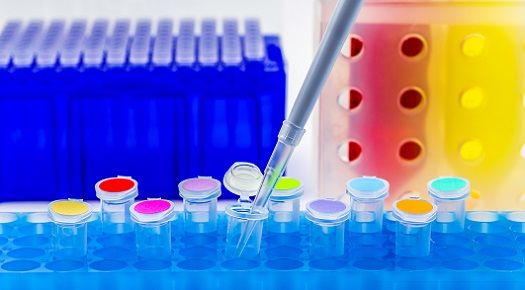Video
Sonali Bose, MD: Indoor and Outdoor Air Pollution in the US
America’s diversity can be well-defined by its pollution exposure rates. There are, indeed, socioeconomic or ethnic subpopulations that report greater vulnerability to air pollution effects.
As John R. Balmes, MD, from the University of California, San Francisco and Berkeley, noted in his presentation at the 2018 American Thoracic Society (ATS) International Conference in San Diego, CA, it’s the US economic system that perpetuates environmental inequality.
“And the people that are best able to protect themselves from air pollution — either by buying a clean motor vehicle or living in a nice, clean neighborhood — set the rules,” Balmes said. “They have the political power that keeps the folks that are poor and of color with greater environment exposures.”
It’s abundantly clear to other clinicians, such as Sonali Bose, MD, that pollution more greatly affects vulnerable populations in the US. The assistant professor at Icahn School of Medicine at Mount Sinai told MD Magazine it can be observed in hospital admissions, patient symptoms, and through the progression of diseases such as asthma and chronic obstructive pulmonary disease (COPD).
Though Bose lauded the “fantastic job” of US officials in reducing indoor cigarette exposure through public health strategy and federal indoor smoking regulations, she said there are still sources of indoor and outdoor air pollution that need to be addressed domestically — especially in urban environments.
“We end up seeing vulnerable populations who have a tremendous continued exposure, and these can lead to significant adverse effects,” Bose said.




